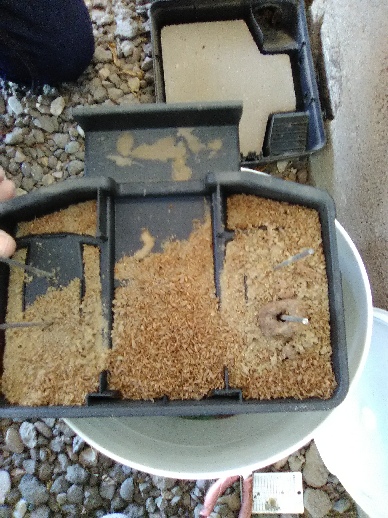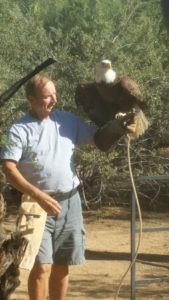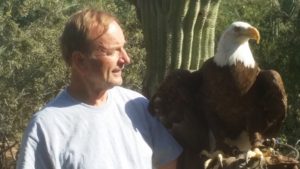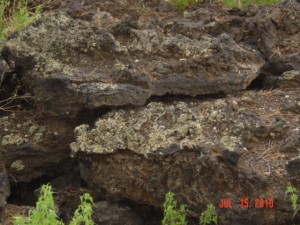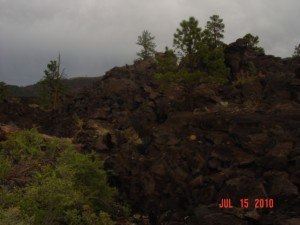Bait and rodent stations
Bait and rodent stations – So something and not the rats have been eating my bait. Here is the bait I use versus an anticoagulant.
Premier Formulation with Vitamin D3
TERAD3 BLOX expertly combines the most recent advancements in bait formulation to yield a highly weatherable BLOX with the benefits of the active ingredient, Vitamin D3.
After years of researching the most effective formulation for housing this unique active ingredient. Bell scientists have found the perfect match – a denser, tightly compacted 1-oz. extruded BLOX with outstanding durability, palatability and weatherability. Incorporating an advanced preservation system, TERAD3 BLOX is mold and moisture resistant. Its high melting point keeps the blox intact in temperatures as high as 200 degrees F.
TERAD3 BLOX with Vitamin D3 kills anticoagulant-resistant rats and mice. With BLOX, bait translocation is also reduced.
Terad3 Blox has a broad label which makes it an excellent choice for controlling rodents. Especially at agricultural facilities, warehousing and food processing plants, as well as for industrial and residential accounts.
Benefits
Contains the calcium mobilizer, cholecalciferol. Harmful if swallowed or absorbed through the skin. Keep away from children, domestic animals and pets. Do not get in eyes, on skin or on clothing.
Terad 3 is extremely popular because of the reduced risk of secondary poisoning. A pet or predator likes owls or hawks would have to eat a large amount of the actual bait to become very ill. In turn, a pet or predator would have to eat a huge number of rodents that ate a small amount of bait to become ill. Most pets don’t eat dead rodents….they may bring them to your doorstep but most do not consume the carcass. Of course you must do your part and use discretion on where you place the bait for the rodents so it is out of reach of children and pets.
Terad3 causes hypervitaminosis (vitamin poisoning) which in turn causes calcification of the rodents heart, lungs and other important organs which of course leads to death.


